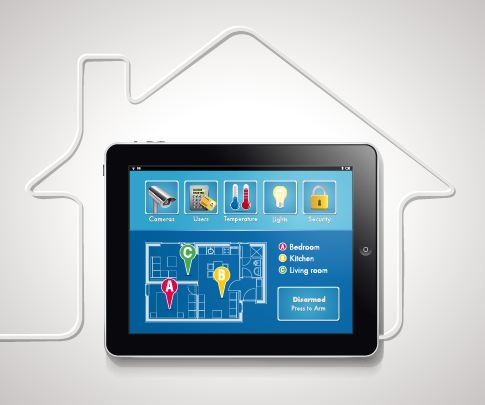Modern renters gravitate towards housing that allows them to protect natural resources without sacrificing convenience. Increasing demand has paved the way for sustainable features to shift from ecoluxury to affordable communities. Luxury is not a term for opulence. Rather, the phrase reflects the Latin luxus, which denotes something that is precious and of optimal caliber. The ecoluxury lifestyle and products signify the value of our environment and the high quality of the products used to protect it. Joyce Mihalik, Vice President, Integrative Design, Forest City Realty Trust, defines ecoluxury as “seamless elegance embedded with sustainable design that gives the tenant a luxurious experience.” Sustainable features must blend with convenience, functionality, and style. Ecoluxury appeals across demographic boundaries. “If you can afford it, you will want it,” Mihalik casually says. The trending products below reappear in ecoluxury communities throughout the United States. As demand rises and pricing becomes more competitive, these features will appear more frequently in market rate and affordable communities. Home Automation Devices GID Investment Advisers, and its property management company Windsor Communities, is a national leader in green multifamily properties. With 11 green certified buildings and nine additional properties in the certification process, the Boston-based company takes pride in its ecoluxury residences. Matthew Bernstein, Asset Manager, GID Investment Advisers, notes the growing popularity of smart home devices, “Home automation will continue to grow, offering new opportunities for residents to enjoy smart homes.” Home automation devices allow renters to remotely control thermostats, fixtures, appliances, and even outlets through the use of a mobile device. GID’s Los Angeles property, Hanover Olympic, offers 20 Eco-green units. Each unit is equipped with a Google Nest Thermostat. After one week of use, Nest learns the preferences of inhabitants. The device then automatically adjusts interior temperatures to account...
The Connected Home
Internet of Things
We’ve started getting a closer look at what everyone calls the “Connected Home”. The most popular connected home device is currently the security system, according to Forrester. There are also electronic door locks – electronic keys with expiration date (that can be used with maintenance technicians) that send an alert when someone is attempting to enter – garage door openers, weather stations for vacation homes, and cameras like Dropcam for baby or pet monitoring. We already have the fridge that sends text messages when the milk is running low and we have the smart egg tray that tells your smartphone how many eggs you’ve got at home and when they’re going bad. We also have the Hue lightbulbs made by Philips that are controllable through the iPhone – set custom lighting, turn light on or off remotely and set lights to slowly brighten in the morning. Through a smartphone the Withings scale and the Bose music system are perfectly controllable as well. At the recent CES show in Las Vegas, companies displayed their latest smart appliances, and looked around for suitable collaborators. These partners will together create a real George and Jane Jetson home. Google aimed high and acquired Nest Labs for $3.2 billion. With this move the giant ensured a premium position in the yet young ecosystem which, in a not too far future, will become a core industry that will affect all aspects of life. Nest Labs is a popular name only in select groups and markets – in the U.S., Canada and the UK – where their products are merchandized. In 2011 they released the internet-connected thermostat that learns to cool or heat homes in accordance with its inhabitants. Two years later they came up with the smoke and carbon-monoxide detector...


